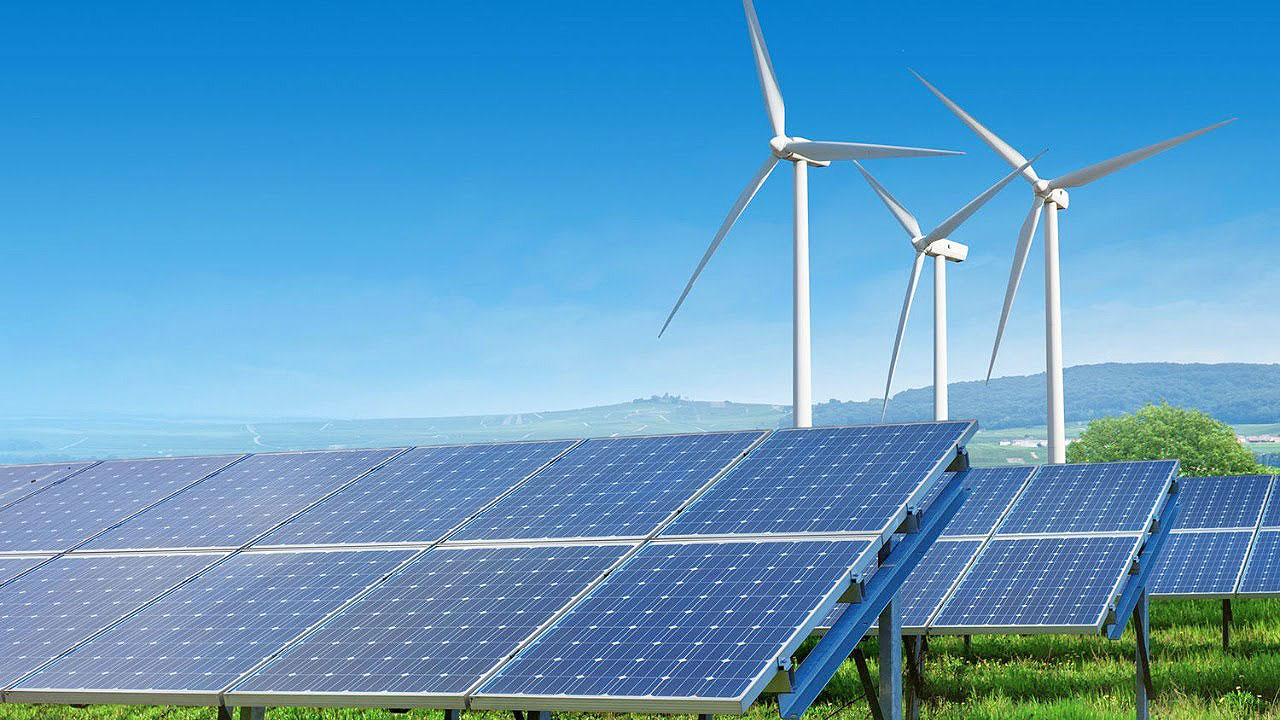Philippine market for ‘green’ FDI estimated at $168 billion — FSF

THE Philippine market for foreign investment in sustainable projects has been estimated at $168 billion until 2030, with the country significantly underperforming its potential after attracting only a fraction of that total between 2017 and 2021.
In a consultation paper, the inter-agency Financial Sector Forum (FSF) noted the Philippines’ performance in attracting “green” foreign direct investment (FDI) and cited the need to ramp up its capacity to generate financing for its climate goals.
“There are an estimated $168 billion in green investment opportunities between 2020 and 2030, including $39 billion for greening existing and future energy infrastructure, $104 billion for climate-smart cities, and $25 billion for accelerating the green transition in selected sectors,” it said.
“However, the Philippines only attracted $0.6 billion in green investment from foreign companies between 2017 and 2021, mostly in renewable energy,” it added.
The FSF also noted that climate investment during the period was equivalent to only 1% of all cross-border investment, lagging regional norms.
“The scale of financing needed to meet the Philippines’ climate goals is colossal and it calls for the financial sector to rapidly expand its capacity to support financing the low-carbon and climate-resilient (LCCR) transition, above the government’s own fiscal allocation and spending,” it said.
It said that national government agencies have allocated P1.59 trillion, or about $28.66 billion, for climate-related spending between 2016 and 2022. This represented about 5.8% of total appropriations during the period.
Of the P1.59 trillion in climate allocations in that time, more than 90% went towards climate adaptation and mitigation projects.
“Whilst seeking greater access to external alternative sources is important, it is also a strategic imperative to expand Philippines’ domestic financial sector’s capacity to support and accelerate the LCCR transition, which will require multiple sources of finance,” the FSF said.
The government should also actively seek avenues to bridge the gaps in financing as commitments are not enough, it said.
“Climate finance calls for the mobilization of funds from public, private, national, and transnational sources to support mitigation and adaptation actions that will address climate change,” it added.
The FSF also said that globally, the financing gap for climate adaptation is large and widening. Adaptation costs may rise by up to $340 billion a year by 2030, and up to $565 billion by 2050, in developing countries alone.
The gap for mitigation is even wider, the inter-agency body said. It is estimated to rise by $850 billion per year by 2030 in developing countries.
Meanwhile, the adverse impact of climate change has been increasing in the Philippines, potentially threatening the stability of the financial system.
“Philippine banks are exposed to shocks as the economy adjusts to a low carbon environment through their holdings in polluting and carbon-intensive industries,” it said.
It said that the banking system’s loan exposure to power generation is about 10% of the overall loan portfolio.
Transition risks will also impact other financial institutions apart from banks, such as insurance providers, investment firms, pension funds, and reinsurance companies.
“The overall objective of the (FSF) is to advance the financial sector’s understanding and management of climate-related risks, while also growing sustainable finance opportunities,” it added.
The FSF is a voluntary inter-agency body consisting of the Bangko Sentral ng Pilipinas, Securities and Exchange Commission, Insurance Commission, and the Philippine Deposit Insurance Corp.
The FSF released the consultation paper to assess the design of the Philippines Sustainable Finance Taxonomy Guidelines. Consultations are open until Oct. 6. — Keisha B. Ta-asan



